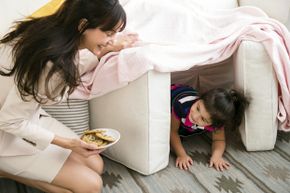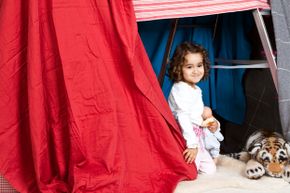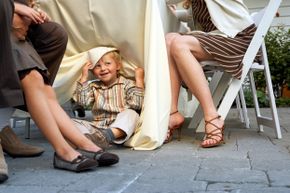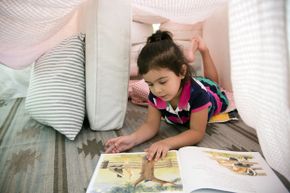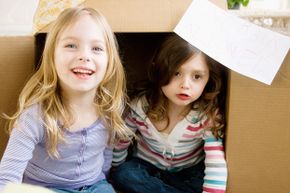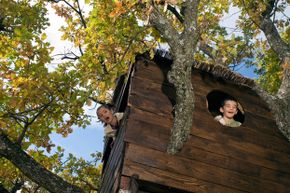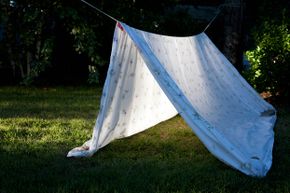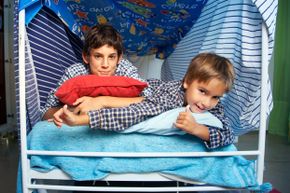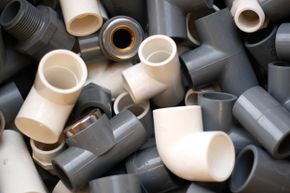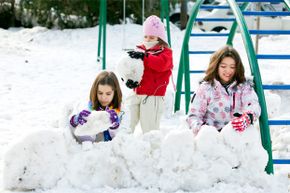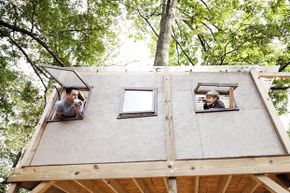All kids need a place to call their own – a spot where they make the rules and finally get a chance to be in charge – even if it's only for a brief period. Forts provide the perfect spot for that tiny taste of autonomy, as well as an opportunity for the creative, unstructured play that kids crave. Even better, building a fort together gives you and your kids a chance to bond over something fun, whether you're piling cushions and blankets on the couch to ride out a rainy day, or poring over blueprints in preparation to construct an epic tree house in the yard. Read on for ideas on crafting a little play spot that's just right for your child.
Advertisement
